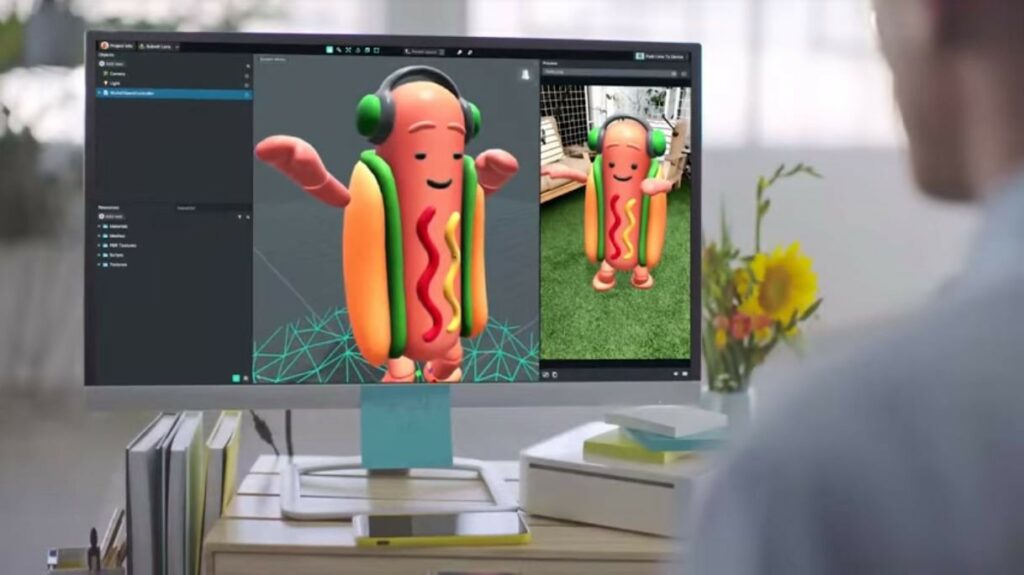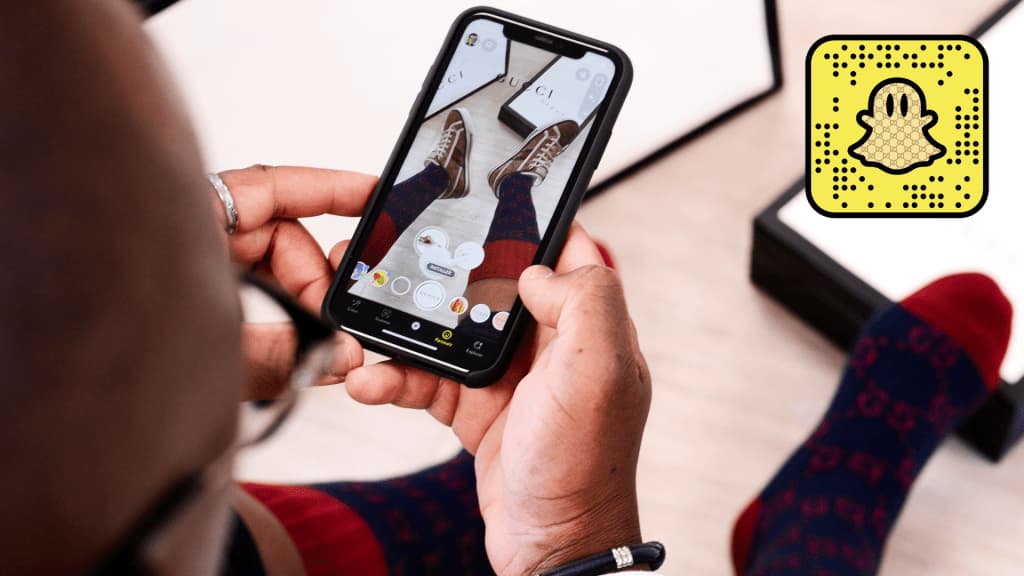Venturing into designing new filters or ways to share content is a bet that Snapchat has particularly focused on developing new strategies.
Specifically, Red Bull, an energy drink company, created a specific campaign that combined the “fun” of F1 with its drinks through an augmented reality (AR) lens using “gamification”.
What is Snapchat gamification?
It is a technique used to strengthen the “engagement” or the interaction of customers with the brand or in this case, with the marketing strategy, which promotes this at different levels.
In this sense, Red Bull implemented its well-known “giving wings”, so that attendees could have a different experience, and thus interact with the gaming activation they presented.
Users only had to use Snapchat’s augmented reality lens option and play with the different effects, in addition to taking a selfie, and activating the rear camera to start a game.
With this filter, players had to “hold on” for more than 60 seconds, where they had to navigate with a Red Bull cartoon on the map, if they exceeded this time, they could unlock a prize.
Snapchat and Augmented Reality, the formula for success
Being original can bring successful campaigns, which include dynamism, visual appeal and interaction, if combined with a gamified lens, it can positively influence users.
If the sense of competition is also appealed, a synergy is generated that will foster between friends, they challenge each other to overcome the other’s brand and thus attract more people.
Ease of use, a pillar of success
The simpler the test or the way it is run, the more likely it is that people of any age will be able to use augmented reality and thus enjoy the game without problem.
This is how the energy drink brand created a campaign where you just need to stand in front of the camera, take a photo and voila, start the game!

By using this AR lens, it is a way of demonstrating the ease in which global materials can be shared and localized and adapted to the market, even if it could be something that would change the future.
Not everything is as simple as it seems
While designing an augmented reality option may sound straightforward, it really isn’t, as it involves not only creating a 3D drawing, but all the programming behind it.
Each element of the AR design allows you to perform actions with it, from walking around a dinosaur and even interacting with the environment or scenario in which it is found.
If many more brands decide to create this type of “activations” implementing the use of increasingly common technologies, it can be one of the main keys to success.
–


